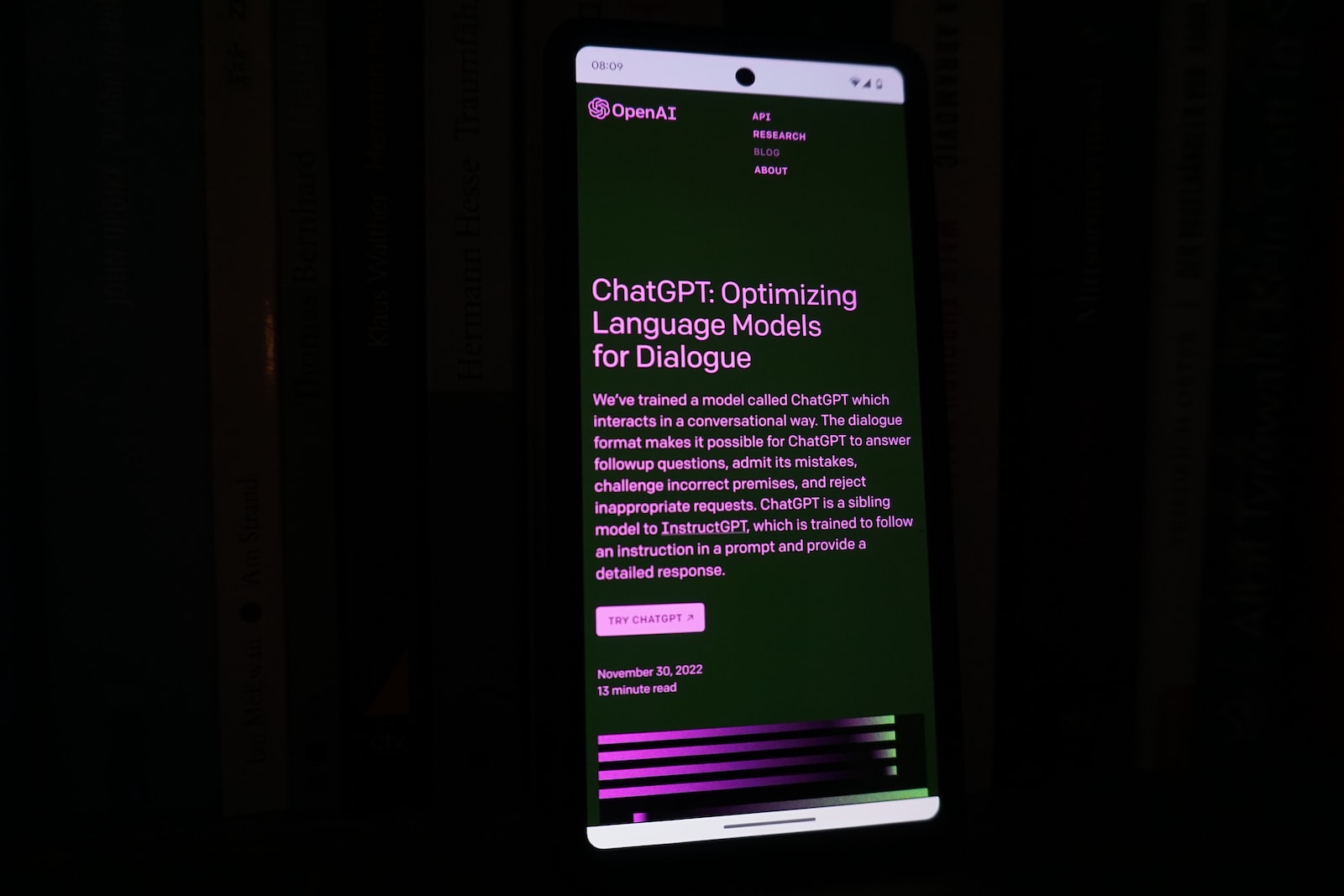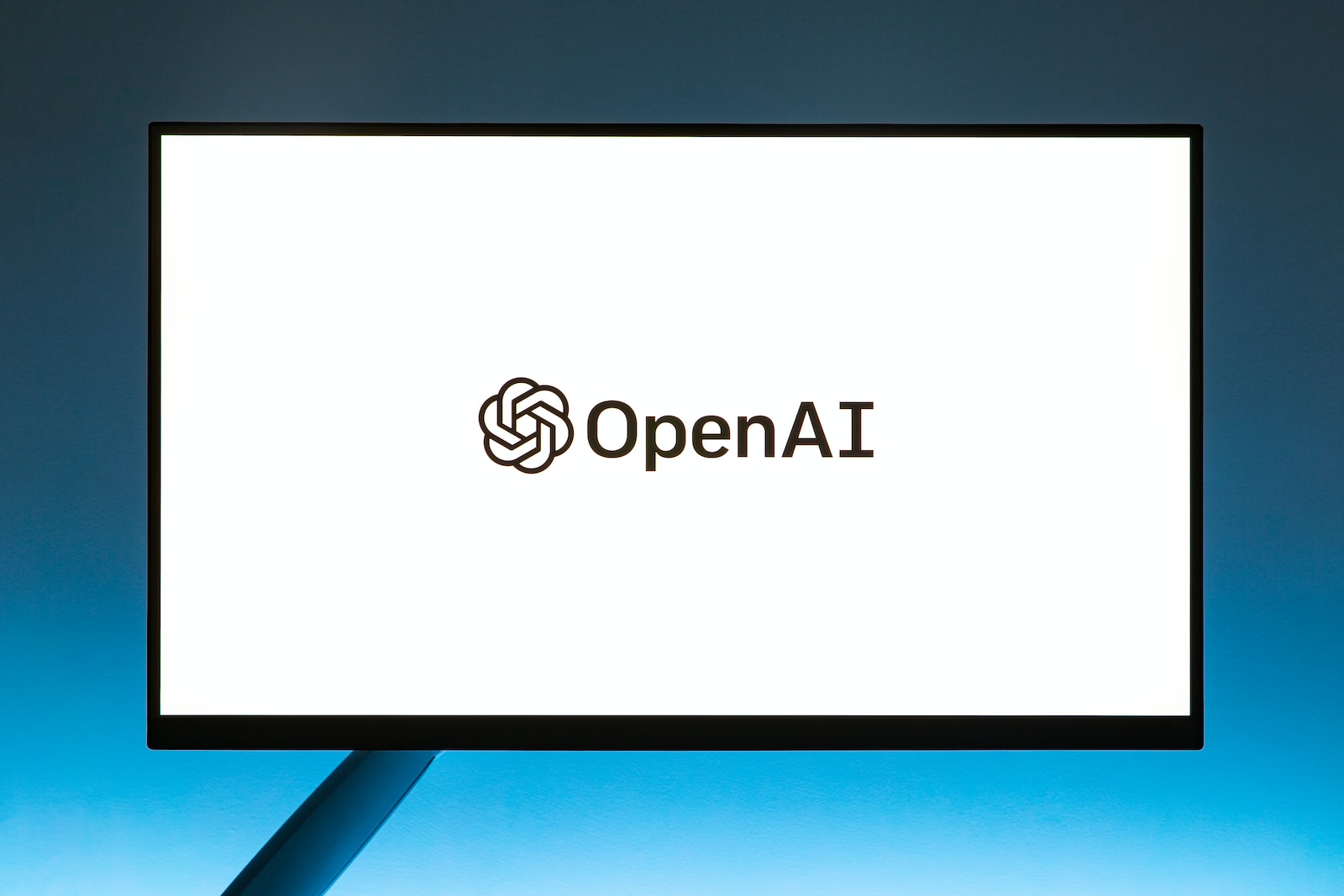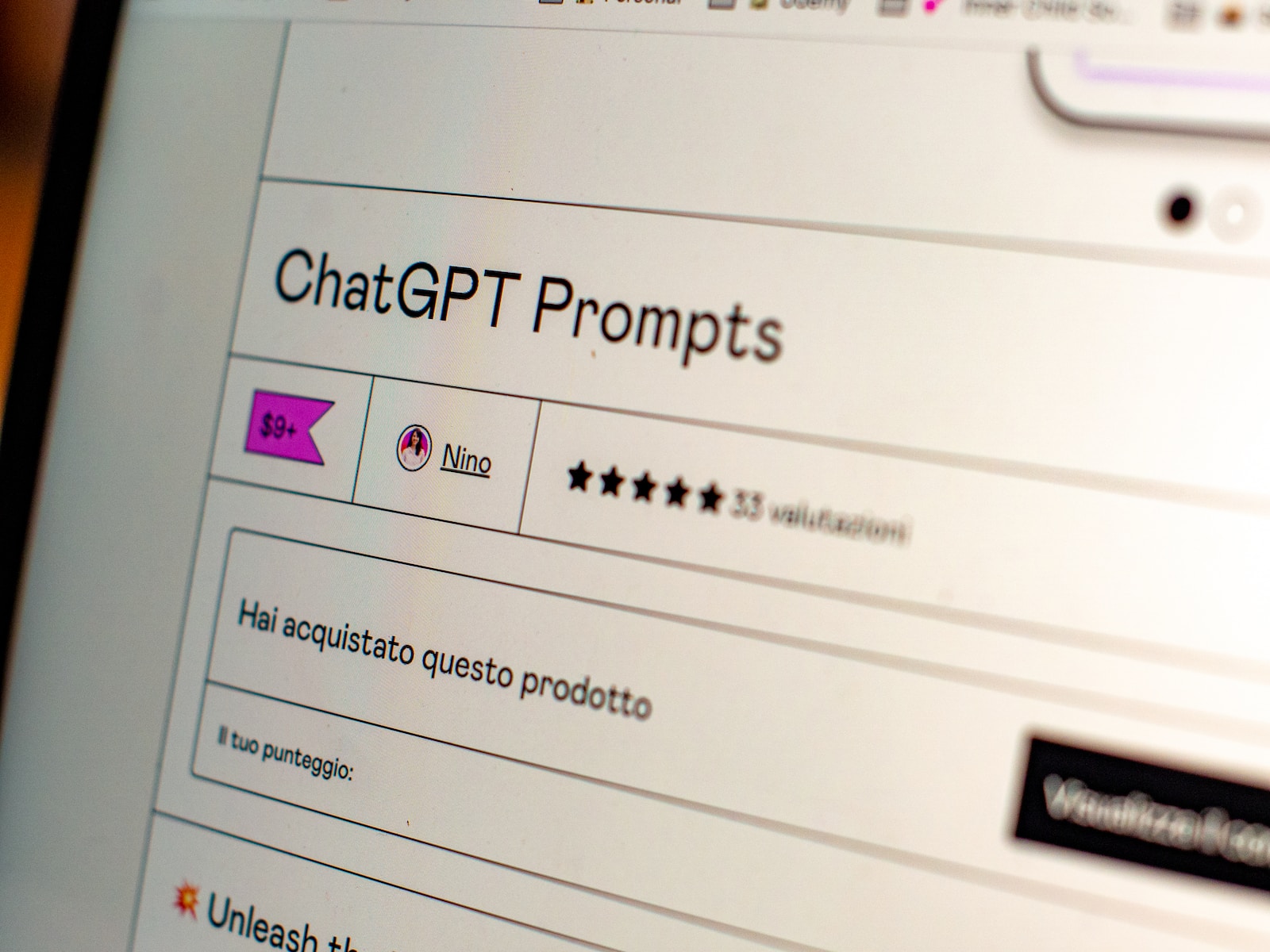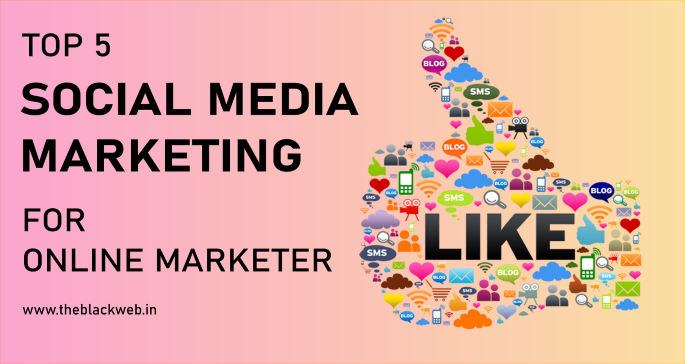You’ve probably heard the term “ChatGPT” floating around in tech circles or maybe even tried it out for a quick question. But what exactly is ChatGPT, and how can you effectively utilize its capabilities? Let’s dive in! all new post of The Black Web

What is ChatGPT?
ChatGPT is a model developed by OpenAI based on the GPT (Generative Pre-trained Transformer) architecture. It’s a type of conversational AI, designed to interact with users and provide answers, generate text, or even engage in more extended discussions.
Its roots lie in deep learning, utilizing vast amounts of data to understand context, interpret questions, and generate human-like text in response.
How is ChatGPT Different?
Unlike simpler chatbots that follow pre-defined rules or scripts, ChatGPT understands context, making its interactions feel more natural. It can:
- Answer questions across various topics
- Help with content creation, like writing articles or scripts
- Engage in open-ended conversations
- Assist in academic or technical queries
How to Use ChatGPT?
Getting Started:
- Access the Platform: OpenAI’s platform typically provides an interface or API where users can interact with ChatGPT. Simply input your query or text and wait for the model’s response.
- Be Specific: While ChatGPT is incredibly advanced, it’s still a machine. The more specific you are in your questions, the better and more accurate the answers will be.
- Safety Measures: It’s essential to use ChatGPT responsibly. Do not rely on it for sensitive or potentially harmful information without further verification.
Advanced Uses:
- API Integration: Developers can integrate ChatGPT into their apps, platforms, or systems via OpenAI’s API. This allows for customized uses, from customer support bots to content generators.
- Tweaking and Fine-tuning: While this requires more technical expertise, users can sometimes adjust parameters to get varied responses or to better tailor the AI’s output to specific needs.
Potential Applications
- Content Creation: Bloggers, writers, and creators can use ChatGPT for brainstorming, drafting, or editing.
- Education: Tutors or educational platforms can utilize it to answer student queries.
- Business: For tasks ranging from data interpretation to drafting emails.
- Entertainment: Engaging users in storytelling, gaming narratives, etc.
Limitations and Considerations
While powerful, ChatGPT isn’t infallible:
- It doesn’t “know” in the human sense but rather generates responses based on patterns in the data it was trained on.
- It might occasionally produce incorrect or nonsensical answers.
- It’s essential to approach it as a tool, not a definitive source of truth.
In Conclusion
ChatGPT is among the frontrunners of modern AI conversational models. Its versatility and human-like interaction capability make it a valuable asset in various sectors. As with any tool, understanding its strengths and limitations is crucial for optimal results. Whether you’re a curious individual, a developer, or a business professional, there’s a lot to gain from this technological marvel!
Summary: ChatGPT

ChatGPT is a cutting-edge conversational artificial intelligence developed by OpenAI, based on the Generative Pre-trained Transformer (GPT) architecture. As of the GPT-4 iteration, ChatGPT is able to generate human-like text based on the patterns it learned from vast amounts of text data. The technology behind it uses deep learning, specifically transformer models, which have brought about significant advancements in the fields of natural language processing and machine understanding. With its extensive training data and powerful underlying algorithms, ChatGPT can answer questions, write essays, assist with tasks, and engage in in-depth conversations. While it possesses a broad knowledge base up to its last update in 2021, it’s not infallible and can’t make predictions about future events or possess current, post-training knowledge. The intention behind ChatGPT is to enable a seamless human-machine interaction, offering utility in numerous applications, from content creation to education. Nonetheless, as with all AI, users are encouraged to exercise critical thinking when interpreting its outputs.










I¦ve read some excellent stuff here. Certainly price bookmarking for revisiting. I surprise how much attempt you set to make such a fantastic informative site.